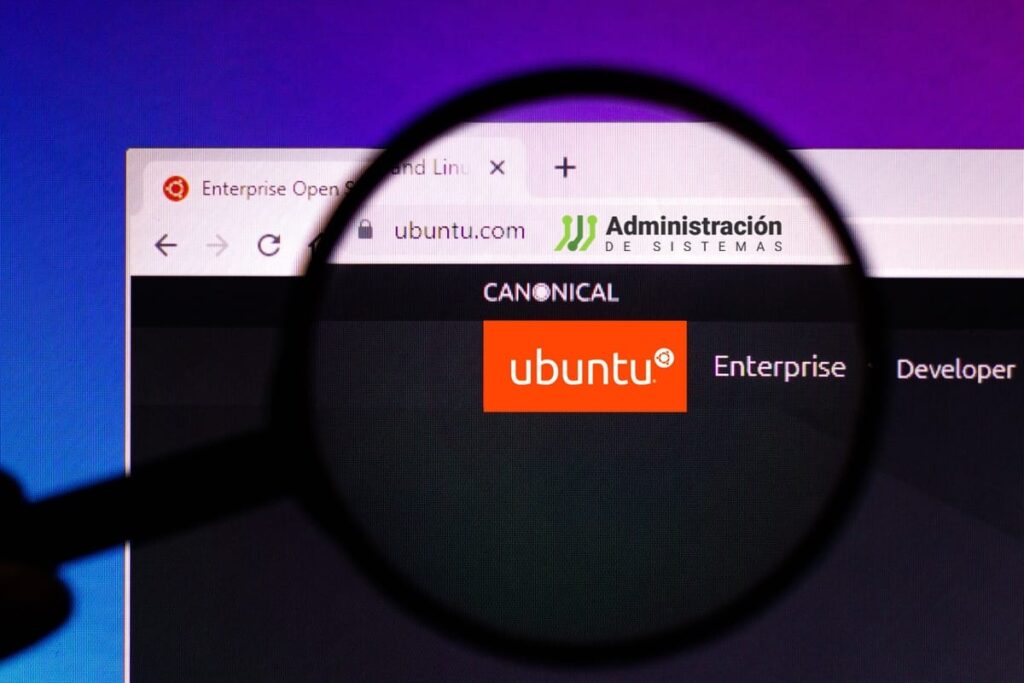Canonical has unveiled a major overhaul of Ubuntu’s release process, introducing monthly development snapshots and setting the groundwork for a fully automated system release pipeline. While Ubuntu remains committed to its traditional six-month cadence with Long Term Support (LTS) versions every two years, the distribution is evolving to reflect modern software engineering practices.
Inspired by rolling-release models like Arch Linux and image-based distributions such as Universal Blue, Ubuntu aims to maintain its renowned stability while embracing greater agility and automation.
Monthly Snapshots: Not Releases, But Usable Milestones
Since May 2025, Canonical has started publishing monthly snapshots for Ubuntu 25.10 “Questing Quokka.” These snapshots are not official releases but serve as testable milestones that enable earlier detection of bugs and more transparent development processes.
Key snapshot schedule:
- May 29, 2025: Snapshot 1
- June 10, 2025: Snapshot 2
- July 15, 2025: Snapshot 3
- August 19, 2025: Snapshot 4
- September 18, 2025: Beta
- October 9, 2025: Final Release
The snapshots help both the community-driven Ubuntu Release Team and Canonical’s internal Release Management Team transition from institutional knowledge to documented, repeatable workflows. This approach enables a smoother and more resilient release process tested monthly rather than only twice a year.
Automation with Temporal and Go
At the heart of this transformation is Temporal, a durable execution engine that ensures workflows persist through failures and can be resumed reliably. Canonical is adopting Go as the primary language for scripting release logic, leveraging its performance and native support for concurrent operations.
Each release step will be turned into a tested Go function, stitched together into Temporal workflows that represent the full release pipeline. This method aims to free up engineers from infrastructure concerns, allowing them to focus purely on release logic and reliability.
Expanded Testing and Community Contribution
Monthly snapshots are also an opportunity to extend full-system testing beyond what’s traditionally done near final releases. Ubuntu plans to automate installer tests, full-disk encryption checks, graphical UI validations, and more — all integrated directly into the snapshot pipeline.
To foster broader community engagement, Canonical is working to simplify the contribution of test cases, making it easier for volunteers and developers to submit automated tests and improve system coverage.
Toward a “Boring” Release Process
Canonical’s long-term vision is a release system that is so reliable it becomes boring — transparent, predictable, observable, and easy to reason about, even in failure scenarios. The new automated system will run in parallel with the current process during the final validation phase, ensuring consistent results before deprecating the legacy pipeline.
Development is happening in the open, and Canonical is actively recruiting engineers with experience in Temporal to help bring this vision to life.
By combining its strong foundation of stability with cutting-edge automation tools and monthly iterative testing, Ubuntu is modernizing its release engineering without compromising the values that made it one of the most trusted Linux distributions in the world.
Source: discourse.ubuntu.com

